The land of Samsung has won the 5G race, but New York's right after
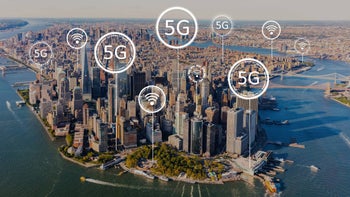
Verizon called dibs to 5G fame claims, initiating a commercial connection a few days before Korean carriers: "for the first time ever, customers can access a commercial 5G network with the world’s first commercially available 5G-enabled smartphone."
That's a lot of caveats and one lamp post near a Chicago stadium just with a Motorola Moto Z3 add-on obviously hasn't been enough to ward off the south Korean 5G onslaught, it turns out. A recent RootMetrics report highlights the globate state of 5G networks, and the birthplace of Samsung is leaps and bounds ahead of every other country out there, the US included, in terms of availability.
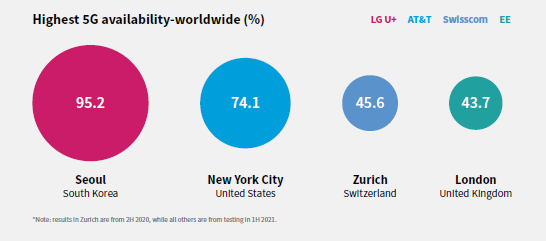
Global 5G availability ranking
At most frequented places where RootMetrics drove to test, 5G coverage is nearing 100%, and making great inroads at others. As for the methodology: "RootMetrics tested 5G performance on the networks of KT, LG U+, and SK Telecom in four cities across South Korea from 6 May – 17 May 2021. Performance was measured indoors and outdoors in each city where and when people most often use their smartphones: tourist areas, business districts, and other areas at times of peak mobile usage. All tests were performed while walking and driving and were designed to represent the end-user’s real-world 5G experience."
Notice something else, though? Yep, New York City is the place with the second-highest 5G availability globally - thanks Verizon, T-Mobile, and AT&T duking it out in the Big Apple for 5G superiority. Median download speeds (those exclude outliers like fastest and slowest rates) are also breathtaking compared to the US.
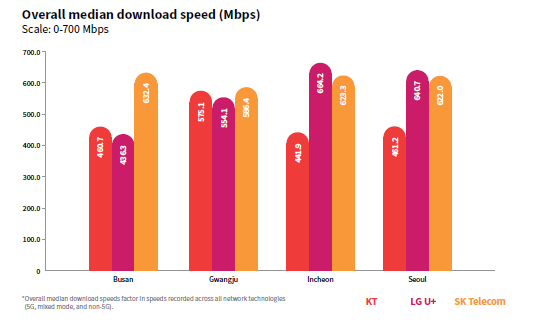
5G download speeds Korea
That infrastructure push stems from the fact that, unlike 4G, the 5G rollout is on such a wide range of bands, that each carrier is creating their own unique network, and 5G phones have to work on all of them, raising the number of antennas, modem filters, and 5G-related costs to sights unseen.
Now that the strategy for all major carriers is clear - fast 5G on the mid- to high bands, and slower but farther-reaching on the low bands - they are deploying it in one form or another. T-Mobile won't be ready with its fast 5G network in earnest before 2023, though, and the others aren't doing better, so there is still some time for Korea to bask in its newfound 5G glory.




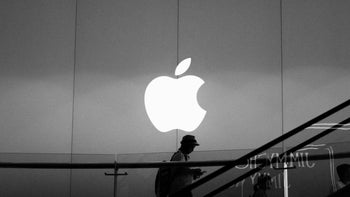
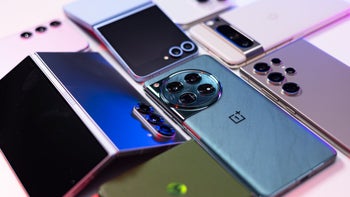

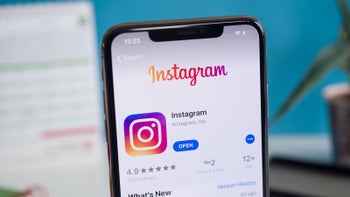

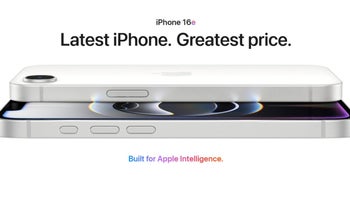
Things that are NOT allowed: